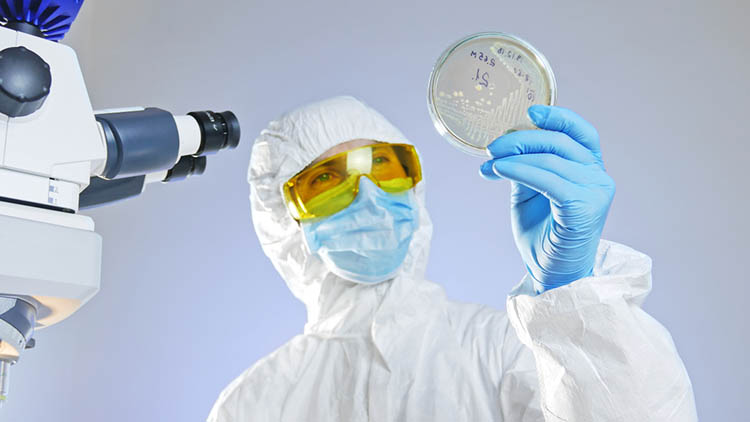Biofilm formation on food-contact surfaces presents a growing threat to food safety
- Like
- Digg
- Del
- Tumblr
- VKontakte
- Buffer
- Love This
- Odnoklassniki
- Meneame
- Blogger
- Amazon
- Yahoo Mail
- Gmail
- AOL
- Newsvine
- HackerNews
- Evernote
- MySpace
- Mail.ru
- Viadeo
- Line
- Comments
- Yummly
- SMS
- Viber
- Telegram
- Subscribe
- Skype
- Facebook Messenger
- Kakao
- LiveJournal
- Yammer
- Edgar
- Fintel
- Mix
- Instapaper
- Copy Link
Posted: 23 September 2024 | Ben Cornwell | No comments yet
New research underscores the critical need for innovative solutions to combat biofilm formation on food-contact surfaces, which poses a major risk to public health and food quality.


Biofilm formation on food-contact surfaces is emerging as a major concern within the food supply chain, posing a persistent threat to food safety and product quality. According to a recent review published in Food Materials Research, these biofilms provide an environment for harmful bacteria to thrive, contributing to foodborne illnesses, food spoilage and significant economic losses across the food industry.
Biofilms are complex microbial communities that form on surfaces such as metal, plastic and glass, creating a protective matrix that allows bacteria to survive even in the face of standard cleaning and disinfection methods. This resilience makes them a serious public health concern, as they harbour dangerous pathogens including Salmonella enterica, Listeria monocytogenes, and Staphylococcus aureus, which are difficult to eradicate in food production environments.
Consequences of contamination
The research highlights the wide-reaching consequences of biofilm contamination. In the meat industry alone, approximately 90 percent of microorganisms form biofilms, contributing to annual financial losses of up to $150 million. Similarly, dairy processing is particularly vulnerable, with conditions that promote biofilm growth, ultimately affecting the safety and shelf life of milk products. One key finding in the review is that milk lactose can enhance biofilm development in Bacillus subtilis, through a mechanism known as quorum sensing, which regulates bacterial gene expression based on cell density.
Traditional cleaning techniques often fall short in tackling biofilms. Bacteria within biofilms are known to be up to 1,000 times more resistant to biocides compared to their planktonic counterparts, making current hygiene practices insufficient to prevent contamination. This has led to an urgent call for innovative solutions to better manage and mitigate biofilm risks.
Innovative solutions to manage biofilm risk
Among the novel strategies discussed in the review are edible coatings and antibiofilm-coated surfaces. Edible coatings, typically made from natural materials such as alginate and chitosan, act as barriers to moisture, oxygen and microbial contamination, helping to extend food shelf life and prevent spoilage. Meanwhile, antibiofilm coatings, which release antimicrobial agents, work by preventing bacterial adhesion to surfaces, thereby limiting the formation of biofilms and improving overall food safety.
The study also highlights the use of advanced technologies like nanotechnology as a potential key area of innovation to help to accelerate biofilm detection in the food industry. Nanosensors, which allow for the real-time detection of biofilms, offer a promising solution for rapid intervention, providing food producers with the tools to better monitor contamination risks and take immediate action to prevent outbreaks.
“Biofilms are a formidable barrier in food safety due to their resilience against traditional cleaning measures and their role in harbouring pathogens,” explains Dr John Smith, the study’s lead researcher. “Addressing this issue requires innovative strategies that target biofilm prevention, detection and eradication to protect public health and maintain food quality.”
The study calls for continued research into these emerging technologies to optimise their application across the food industry, ensuring that food safety standards keep pace with the complexities of modern food production. By adopting innovative approaches such as edible coatings, antibiofilm surfaces and nanosensor technology, the industry has the potential to significantly reduce contamination risks, protect consumers and minimise the financial burden associated with biofilm formation.
Related topics
Contaminants, Food Safety, Pathogens, Rapid Detection, Research & development, Technology & Innovation







